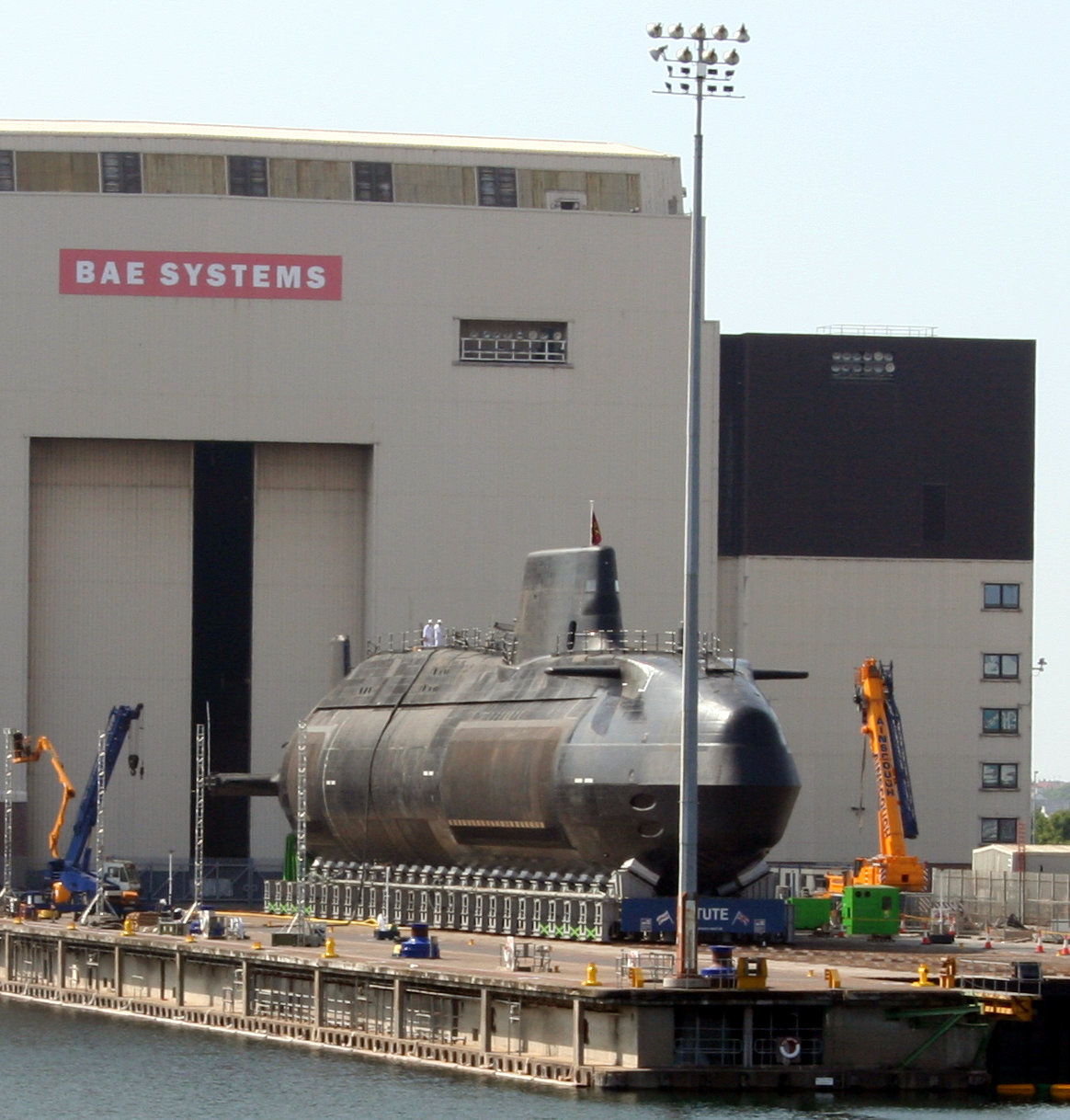Norwegian Official Urges Nordic Pooling for Naval Buys
By GERARD O'DWYER
Published: 3 May 2010 HELSINKI - Sweden's decision to modernize its submarine fleet has rekindled speculation over a possible joint venture capital program with Norway to develop a next-generation (NG) submarine.
Norway is mulling over what to do with its submarine fleet. The Ministry of Defense (MoD) established a working group in January to look at three options: buying NG submarines, upgrading and prolonging the life of the current fleet or terminating the fleet.
Related Topics
Americas
Air Warfare
Naval Warfare
The possibility of engaging in common, cross-border shipbuilding programs is being considered by Sweden, Norway, Finland and Denmark under the umbrella of ongoing talks over Nordic defense cooperation. The prospect for cross-border collaboration has heightened against a backdrop where the Norwegian government is fortifying its High North Arctic defenses while Sweden plans to strengthen its presence and capability in the Baltic Sea and Arctic.
"No Nordic country has sufficient military resources to go it alone in the security of the High North or the Baltic Sea. There is a need for a Nordic defense cooperation on an unprecedented scale to develop the capacities required," said Thorvald Stoltenberg, the former Norwegian defense minister and adviser to Nordic governments on mutual regional security strategies.
Stoltenberg has told Nordic governments they need to pool naval, air and land assets and engage in joint procurements to move toward an integrated approach to High North, Baltic Sea and regional defense.
"Individually, no Nordic country has enough submarines, surface ships, aircraft or land forces to secure regional security alone. Together, Nordic countries can make a real difference," Stoltenberg said.
In February, Norway's MoD estimated the cost of replacing its six Ula-class submarines at between $3 billion and $4 billion; the cost of an upgrade is calculated at 50 percent to 75 percent of this amount.
The Swedish government, which is already involved with Norway in the $3 billion Archer artillery joint procurement program, has proposed entering a similar cooperation to design and build a common NG submarine.
"It would be good to cooperate with Norway to develop a new-generation submarine and have the same system. A joint project such as this would present good opportunities for exchange of knowledge that we could all benefit from," said Hakan Jevrell, Sweden's state secretary for defense.
Unlike Sweden's diesel-electric Gotland-class attack submarines, which deploy an air-independent motor system and can remain underway for several weeks, Norway's Ula-class submarines must surface to recharge their batteries.
"Submarines like the Ula-class, that have a need to surface often, can become vulnerable targets. Sweden's submarines have had the capability to stay submerged for very long periods for 15 years. Cooperating with Sweden may be an appropriate thing to do. An international cooperation is certainly an interesting possibility," said Norwegian Rear Adm. Arne Roksund, who is heading up a review of the Navy's submarine fleet.
The Ula-class subs were delivered to the Norwegian Navy between 1983 and 1992. All six will need to be upgraded, or replaced, by 2020.
A joint NG submarine project might interest Finland, which does not have a submarine capability but is reviewing this area of need in line with its wish to cooperate with Sweden, Estonia, Latvia and Lithuania in offering a more robust naval presence in the Baltic Sea.
"The Finnish Navy would benefit from having a submarine capability. In relation to the defense of the Baltic Sea, Finland should have the same kinds of tools as others," said Alpo Juntunen, a defense analyst at the Finnish National Defense College's Strategy Unit.
Sweden's MoD confirmed April 10 that the Navy will acquire two new NG submarines to replace existing Södermanland-class vessels. At least two other subs, in the fleet of three Gotland vessels, are to be modernized.
The MoD is expected to place an order with local yard Kockums by year-end. Under the proposal, the NG subs would be delivered to the Swedish Navy between 2018 and 2019. Kockums, owned by Germany's Thyssen-Krupp Marine Systems, secured a contract to design the NG-submarine in February.
"We are investing in the future of Swedish naval capability. This will ensure that Sweden has the latest, the most capable and most effective submarine available. We also see export potential in this project," said Sten Tolgfors, Sweden's defense minister.
The previous pan-Scandinavian collaborative effort to support a common submarine program, the Viking-class Submarine Project, ended when Denmark discontinued its submarine fleet in 2004.
Viking Submarine Corp. was established to manage the project, backed by Kockums, Kongsberg (Norway) and Odense Steel (Denmark). Finland had observer status in the project.
The government-backed project sought to develop a modern successor to the Gotland-class submarine. The goal was to build 10 submarines, with Sweden acquiring two, and Denmark and Norway four each, with delivery beginning in 2005. â–
E-mail:
[email protected].

